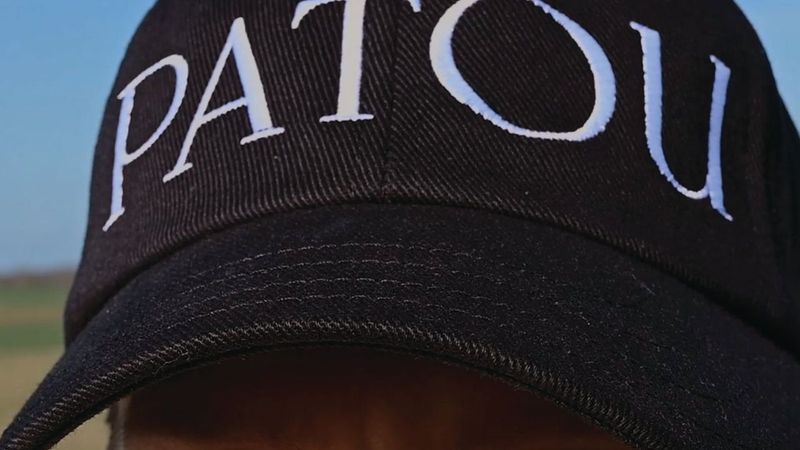A Conversation with Guillaume Henry (PATOU)
If Guillaume Henry could have a single word encapsulate his Fall-Winter 2022 collection for Patou it would be “charm.”
“I want the collection to be charming and pleasant. Something that people aren’t interested in anymore,” he said, over the phone from his Paris studio, where he was applying the final touches to an oeuvre that spans pretty daywear with an air of functional sportif.
Patou, he explains, revolves around contrasts. While his focus is charm, he doesn’t want it to feel “too cute.” It is sporty and chic, it is composed yet carefree, and while it is a couture house, the spirit of the street is sewn into every thread. To some, the brand represents a rich history; to others, an utterly modern proposition seen for the first time by a new audience. Even the brand’s headquarters, situated between the Left and Right Bank on the Île de la Cité, reflects how Patou lands in the middle of an oppositional mix.
Similarly, the new collection embodies juxtaposition with technical coats and puffer jackets layered against wooly, comfortable knit dresses, jumpsuits, and bodysuits. A more considered focus on outerwear is complemented by subtle, expertly crafted daywear. His palette this season ranges from earthy green, black, and navy blue, to softer shades of pink, lavender, and baby blue. The result shows how Henry has applied his characteristic effervescence with purpose. “More than ever, I wanted to do a wardrobe that was inspired by functionality,” he said.

What would you like us to know about the collection?
At Patou, we like to play with contrasts. When we relaunched the brand, we wanted it to be fashion-oriented but also to deliver a real wardrobe. There has to be a connection or dialogue between the couture atelier and the street. This season is no exception: I wanted to play with speed, technicity, shine, and outdoors. It’s a mix of being sporty and feeling very sporty. I wanted to play with the idea of layering but in a very efficient and easy way. The couture feeling is still there but it’s less theatrical.
Patou is a historic haute couture house. How do you interpret the brand identity for a modern audience?
It’s definitely an old brand, with an amazing history, but it has been silent for many years. The last collection that had been designed for Patou, before I took over the brand, was in 1986. For an older generation, which includes me, Patou is relevant as an historical fashion brand. But for a younger generation, Patou is a new brand. When I was thinking of relaunching the brand, we obviously looked at the archives, we went to museums, we saw some personal collections, but at the end of the day, you cannot replicate today what has been a success in the past. It’s a philosophy that has to be right for the time. I only want to work for a brand if I can see the brand as a person, and that person would be a good friend of mine. When I was thinking about the legacy and heritage of the brand, and even Jean Patou himself, I can attach words to the brand and those words together create a person.
How would you characterise Patou today?
The Patou person is friendly, with a sense of fashion but not overly driven by it, and a sense of functionality. She wouldn’t spend hours getting ready, it has to be efficient enough for that person to look good easily, and with a twist. I want it to be fashionable but it has to be wearable.
To what extent does fashion propose or sell dreams?
I always love turning the extraordinary into the ordinary. To compare it to the food industry, I like it to be easy to digest, not overly complicated, but it has to be tasty.
Do dreams help us make sense of reality or do they help us escape?
For me, fashion does both. Fashion is a picture of the time we live in but it’s also a prediction on what’s going to be next, so dreaming is important, because otherwise you’re stuck in reality. To be able to see what’s next you need to open yourself to dreams and also to follow those dreams.
What is your wildest dream for the state of the world?
For it to still be inspiring. The world is a mess, it’s always been but maybe it’s worse now. At least it should be inspiring. That’s important.
This interview has been lightly edited for clarity.



